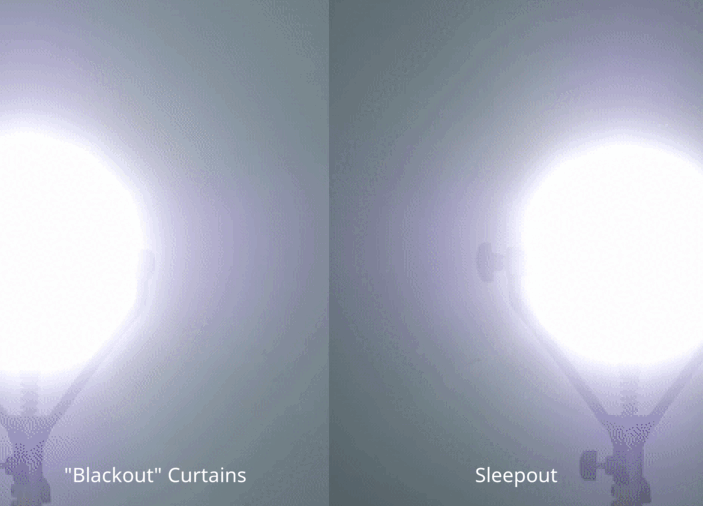As new parents soon discover, sleep becomes a precious commodity, both for your baby and, of course, for you. Transitioning your baby to a bassinet is an important step in establishing safe and effective sleep habits, but it’s not without its challenges. Successfully moving a newborn to a bassinet involves understanding the right timing, creating a conducive sleep environment, and gradually acclimating your baby to their new sleeping quarters.
Understanding the Best Time to Start the Transition
Most experts recommend starting your baby in a bassinet from the very beginning, primarily because it's designed to be a safe, snug sleeping environment. However, if you started with co-sleeping or using a crib, transitioning around the age of 3 to 6 months is ideal—before they begin to roll over and require more space.
Ensure Your Baby’s Safety First
In every aspect of parenting, safety comes first. When it comes to sleeping, the American Academy of Pediatrics recommends a firm, flat sleep surface like that offered by approved bassinets. Ensure the bassinet is in good condition, stable, and free of any soft bedding, pillows, or toys that could pose a risk of suffocation or sudden infant death syndrome (SIDS).
Create a Sleep-Inducing Environment
Setting up the right environment is crucial for easing the transition to a bassinet. The area should be quiet, cool, and dark. Sleepout Blackout Curtains can be particularly effective. These curtains block out any external light sources, helping to maintain the natural circadian rhythms of your baby.

Maintaining a Consistent Routine
Babies thrive on routine. Try to put your baby down in their bassinet at the same times each day for naps and nighttime sleep. Consistent pre-sleep activities like a warm bath, a gentle massage, and some quiet time with a bedtime story or lullaby can signal to your baby that it’s time to wind down.
Use Swaddling to Provide Comfort
In the early months, swaddling can be an effective technique to help your baby feel secure while adapting to the bassinet. Swaddling mimics the snug environment of the womb and can prevent startle reflexes from waking them prematurely. Ensure the swaddle is snug but allows for hip movement.
Practice Gradual Adjustments
If your baby is used to sleeping in your arms or a co-sleeper, start placing them in the bassinet for short naps during the day. This helps them associate the bassinet with the comfort and security they feel when close to you and can make longer sleeps during the night less stressful.

Monitoring and Adjusting
It’s important to watch and listen to your baby’s needs. Some might adjust quickly to the bassinet, while others might need more time and comfort. Adjust your approach based on how well your baby is adapting. It might include more cuddle time before sleep or re-adjusting their daytime nap schedules to better suit their needs.
Co-sleeping Transition Considerations
For families that started with co-sleeping, the transition might involve a few more steps. Begin by moving the bassinet closer to your bed, gradually increasing the distance over time as your baby shows signs of comfort and independence. This gradual retreat can help ease the transition for both you and your baby.
Keep Patience and Stay Consistent
Persistence is key. Transitioning to a bassinet isn't always straightforward and can require some time. Stick with your chosen routine, adapt where necessary, and remember that progress can sometimes be slow. Most importantly, stay patient—this is a new experience for your baby, and they’ll need your support and love to adjust.

Consulting with Professionals
If you have any concerns or if the transition is particularly challenging, don’t hesitate to consult your pediatrician or a child sleep consultant. They can provide targeted advice and reassurance based on the specific needs of your child and family.
Conclusion
Transitioning your baby to a bassinet is a journey that requires patience, consistency, and a lot of love. By creating a safe, comfortable sleep environment with the help of tools like blackout curtains, maintaining a routine, and gradually acclimating your baby to their new sleeping space, you can make the transition as smooth as possible. Remember, every baby is different, and adapting to their unique needs will make the journey smoother for everyone involved.

